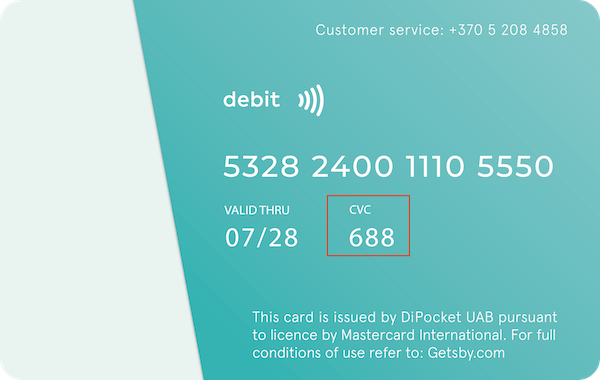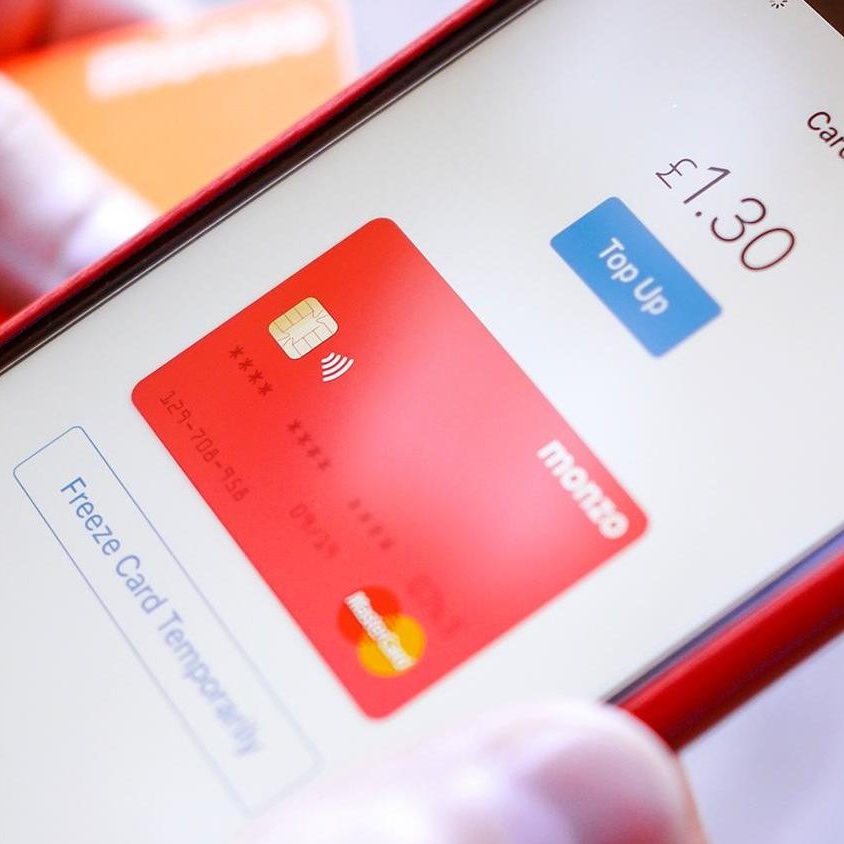
CVV number explained
Every year, hundreds of millions of pounds are lost to credit card fraud. While banks and financial institutions work hard to keep their client’s information safe, there are some hackers that always manage to find a way through.
Since the arrival of chip and pin, in-person credit card fraud has fallen sharply. However, many hackers now operate exclusively online where there are myriad new ways of finding out card details and fraudulently using other people’s financial information to make illegal purchases.
CVV numbers are designed to protect card users’ details when they make a purchase online or over the phone. Although CVV numbers heighten your card’s security, they are not fail-proof so it is important that you still exercise caution when making telephone purchases or online transactions.
In this article, we are going to take a look at CVV numbers, what they are, where you find them, and how they work.
What is a CVV number?
The Card Verification Value Number (CVV) is a three-digit number on the back of some credit and debit cards that is used to verify the card for online and telephone transactions. A CVV number is also sometimes known as the Card Security Code (CSC) or Card Verification Code (CVC).
Three-digit CVV numbers appear on all VISA, Mastercard, and Discover debit and credit cards. American Express cards (AmEx) have a four-digit code for the CVV numbers instead of three.
So let’s now find out where you can find the CVV number on your credit card.
Where is the CVV number?
If you have a credit or debit card that is branded by Mastercard, Visa, or Discover, you will normally find the CVV number on the back of the card.
More recently, card providers are issuing dynamic CVV numbers. This is where the CVV number is not displayed on the card but is found on the banking app or website. Due to it being digital, it can change on-demand or on a periodic basis, further adding an extra layer of security.
On older cards, you may have a long string of numbers of which the final three is the CVV. Newer cards only have the three-digit CVV number.
If you have an American Express card, then the four-digit CVV number is on the front face of the card just above the card account number.
What are CVV numbers used for?
Your debit or credit card’s CVV number helps to protect your finances against fraud, theft, or any other unauthorized transactions.
Chip-enabled card technology has made card fraud a lot more difficult for criminals. So, instead of in-person card fraud, many criminals now operate solely in the digital realm. CVV was created to help combat online bank card fraud and has had a strong impact. 
When you make a purchase online, the retailer will ask for the CVV number before the sale is verified. This means that only the holder of the card can make purchases. Even if a hacker gets hold of the long number on the front, they cannot buy anything without the CVV number.
Other card details, such as the long number or the expiration date, are relatively easy for hackers and frauds to gain access to. CVVs, on the other hand, are much harder to find. Many online merchants will store your card details but, due to industry regulations, they are not allowed to store your CVV. This means that even if a site is successfully hacked, the hackers will not be able to use your card details for any online or over-the-phone transactions.
Similarly, if you swipe your card, the CVV cannot be stored on the system that has facilitated the swiping.
Is the CVV number the same as the PIN?
The CVV number of your card has no connection to the Personal Identification Number (PIN code). However, both numbers are used for similar purposes.
The PIN code is used to verify your card for in-person transactions. Whereas, the CVV number is used to verify your card for making online transactions or for making payments over the phone.
How is your CVV number generated?
The CVV number on your card is generated by the issuing bank or financial institution based on the card number, the sort code, and the expiry date. These details are then combined with an algorithmic code that then generates a CVV number. Of course, the details of the algorithmic code are not known.
How to keep your card details safe
No matter what protections are put in place, hackers will always find a way to find sensitive information that can then be used for fraudulent purposes.
If you are using your card to make a purchase over the phone, be sure to clarify exactly who you are talking to and do an internet search of the number you have called just to be sure.
If you are buying things online, then you might consider getting a virtual card. These allow you to buy goods online via a digital wallet, which means that you can limit how much money is in your digital wallet and also keep your real bank information completely offline.
Summary
If you have a Visa, Mastercard, or Discover card, the CVV number of your card is a three-digit code located on the back of your card just by the signature box. If you use American Express it is a four-digit code on the front just above the card account number.
CVV codes were brought in to help combat the fraudulent use of cards online and over the phone. Although they provide extra protection when making purchases, your card can still be used fraudulently, so it is important that you make sure to be vigilant and careful with how you use your card and who you share its details with.



